Pinarello was born out of one man’s passion for racing. As a rider, Giovanni Pinarello was known for winning the Maglia Nera* at the Giro d’Italia, but as a frame-builder his name became synonymous with the Maglia Rosa and the Maillot Jaune, with cycling’s greatest champions, with victory.
Some of the most iconic moments in cycling history happened on a bike bearing his name, and today Pinarello is the epitome of success, leading when others follow.
Giovanni took a small shop in Treviso and changed the cycling world, pushing the boundaries, doing what others thought impossible. His objective was simple: To make the world’s best bikes. Seven decades on, Fausto Pinarello continues his father’s legacy the only way that Pinarello knows how – by winning.

The Cicli Pinarello bike shop opened in 1952, but the Pinarello story began three decades earlier. Giovanni “Nani” Pinarello was born in 1922 in Catena di Villorba, on the outskirts of Treviso.
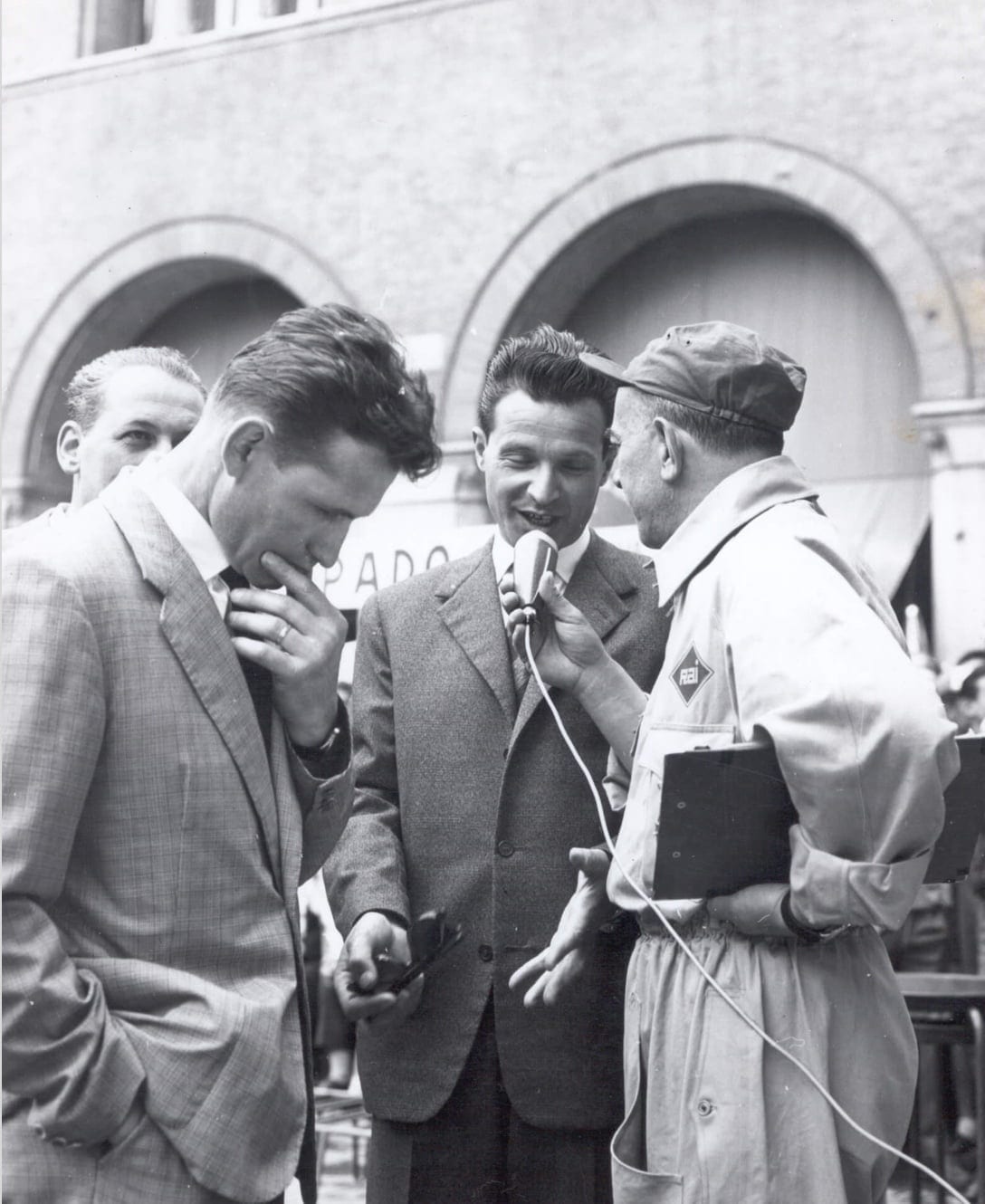
In ’51, Nani had earned the Maglia Nera, the jersey awarded to the last rider to complete the Giro d’Italia, but his team unceremoniously ended his contract just before the following edition, replacing him with a promising young rider.
To soften the blow, they paid Nani a handsome severance: 100,000 Lire, a small fortune back then. He invested it wisely, opening a shop in his hometown and beginning a journey that would turn the Pinarello name into one of the most famous in all of cycling.
It wasn’t a success story that would happen overnight, but the best ones never do. Humble beginnings with local teams fostered a growing reputation and ever-more impressive victories. The first international triumph came in 1961 when Guido De Rosso won the inaugural Tour de l’Avenir, but that was just a hint of what was yet to come.
“We began sponsoring amateur teams in the early 1960s, starting with Tognana-Pinarello. Things really changed for us when Tullio Campagnolo introduced my father to José Miguel Echavarri who was looking for a manufacturer for his Reynolds team. They had a young rider called Miguel Indurain, and together we would go on to do great things. “
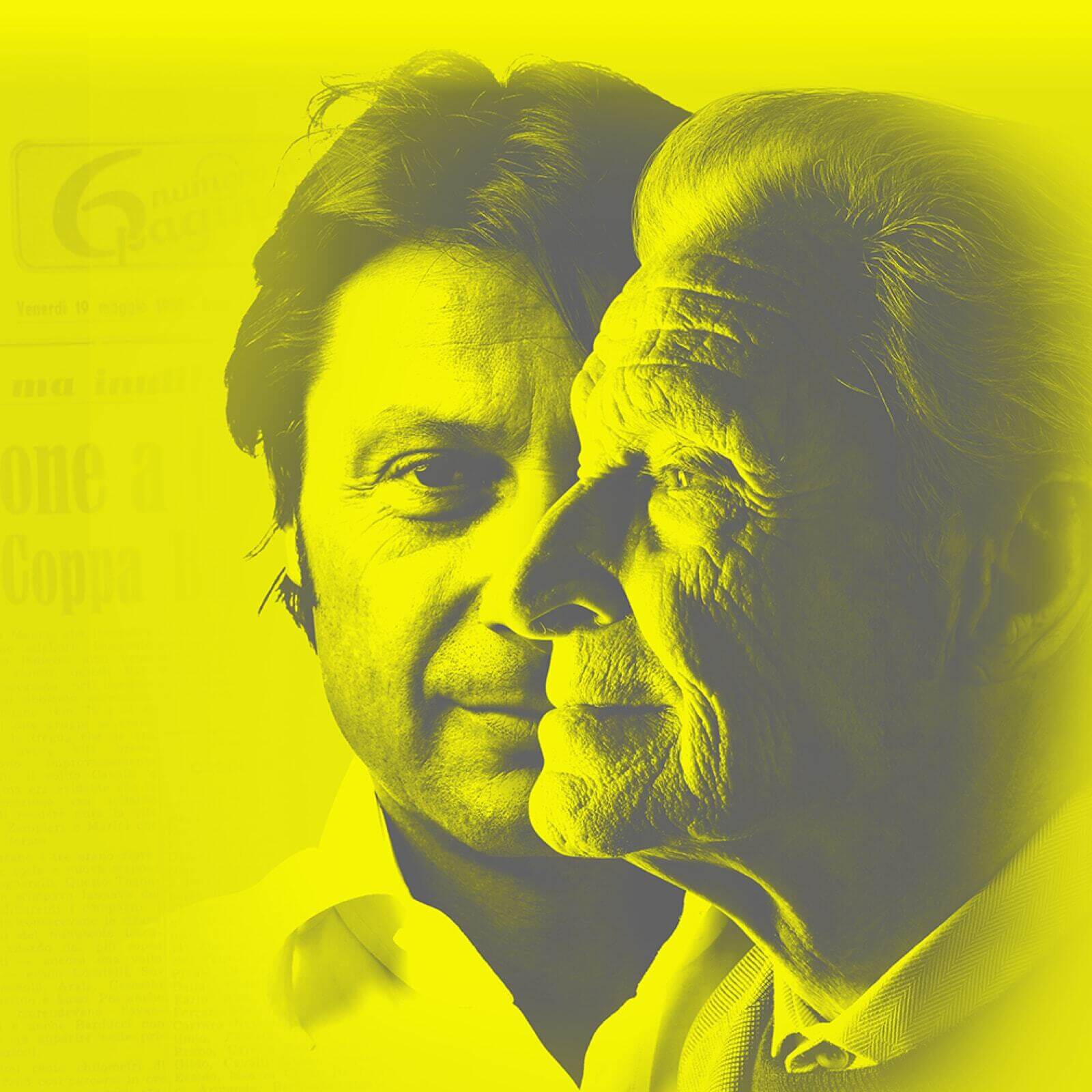
“My father won two Giri d’Italia and one Tour de France in the 1980s, but our relationship with Echavarri transformed in ’92 when we sponsored Banesto. Five Tours, two Giri, Olympic gold in Atlanta, a TT world championship, the hour record…
“It was an incredible time, it felt as if we were making the future. Our bikes were totally unique thanks to the work of our engineer, Marco Giachi, who came to us from Lamborghini’s Formula One team. The famous Espada bike actually got its name from a Lamborghini.
It was designed in the wind tunnel and made from carbon fibre – nothing like the round steel tubes that had gone before it.
The technology we used had never been seen in cycling but Giachi had the intuition to bring it to the bike world”

The first grand tour title came in fittingly dramatic fashion. Won against the odds on the slopes of the Passo dello Stelvio, by a rider no one expected. It was 1975, and though the era of Eddy Merckx and Felice Gimondi was coming to an end, there were a host of fresh young talents champing at the bit to take over. Among them was a young Giovanni Battaglin, riding a Pinarello for the Jolli Ceramica team.
When Merckx and his Molteni team pulled out just before the race’s start, it looked like Battaglin had a chance, albeit a slim one. Gimondi was still there, and though no longer in his prime, as a winner of all three grand tours and the last Italian to finish in the Maglia Rosa, he was still the favourite.
There was also the great Belgian Roger de Vlaeminck, and the talented Spaniard Francisco Galdós. So when the peloton lined up at the beginning of stage one in Milan, it would have been impossible to guess that it was Battaglin’s teammate Fausto Bertoglio who was destined for victory.
Weather, rivalry and bad luck all played a part in Battaglin’s undoing, but it was the tenacity and unexpected coolness under pressure that won the day for his one-time gregario Bertoglio.
Going into the final day with a slender lead of just 41 seconds over Galdós, the Italian stuck to the Spaniard’s wheel like glue, matching every attack that his rival could muster on the 48 switchbacks of the Giro’s most iconic climb. It was the performance of a lifetime from a rider who would never again reach such heights, but for Pinarello, it was the first step on a journey to become the most successful manufacturer in grand tour history.
The 1980s were an exciting time for Pinarello. Battaglin secured a Maglia Rosa of his own in 1981, delivering a second Giro d’Italia title to Treviso, and the mercurial American rider Alexi Grewal won gold at the ’84 Olympics in Los Angeles.
Best of all, Pedro Delgado won the 1988
Tour de France riding a Pinarello in typically aggressive, exciting style. It was the fastest ever
Tour de France to that point, and the Spaniard finished in Paris more than seven minutes ahead of his rivals, having dominated in the mountains.
And as the decade closed, it was time for a new generation of Pinarello, as father passed the torch to son, and Fausto Pinarello took charge of Giovanni’s legacy.
Miguel Indurain is the kind of rider that team directors and bicycle manufacturers dream of. Blessed with sharp wits, intelligence, craft – and an engine like no other. Tall and powerful, invincible in a time trial, but good in the mountains too.
His record speaks for itself: Five Tours de France, two Giri d’Italia, two Giro-Tour doubles, the Hour Record, winner of the World Time Trial Championships in 1995 and the Olympic TT at Atlanta ’96. Miguelón was about more than just titles though, he was the epitome of a great champion.
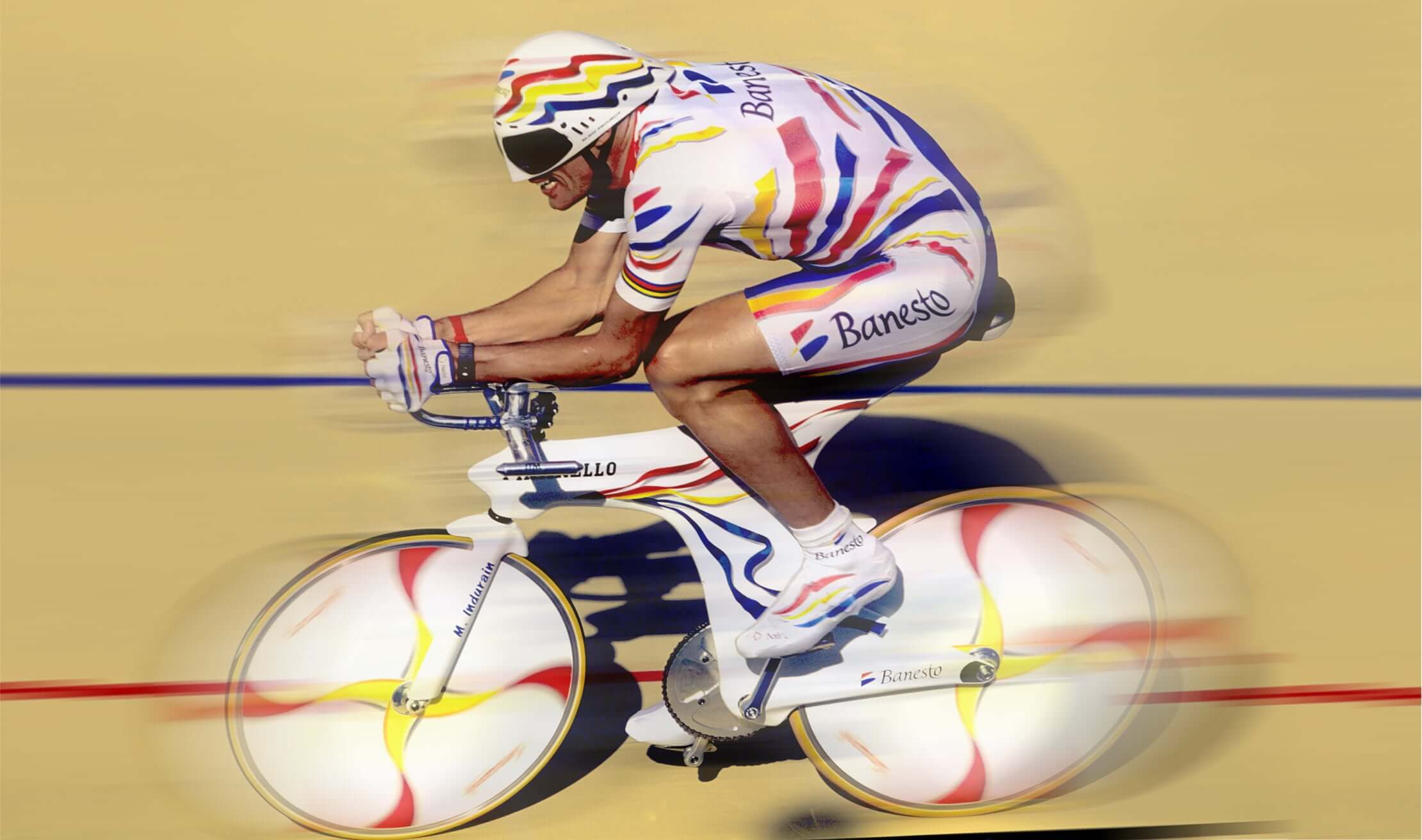
Modest off the bike and ruthless on it, he changed bike racing and ushered in the modern era of cycling, when everything was calculated and nothing left to chance and he did it all while riding a Pinarello, turning his gorgeous Italian bikes into icons of speed. Even now, almost three decades later, the sight of his legendary Espada time-trial bike conjures up an inescapable feeling of velocity.
It was a true icon of speed, a bike that ripped up the rule book and redefined what could be achieved on two wheels. When ridden by a special talent like Indurain, it sent a clear message: Fast is everything, and Pinarello was the brand that understood speed better than anyone.
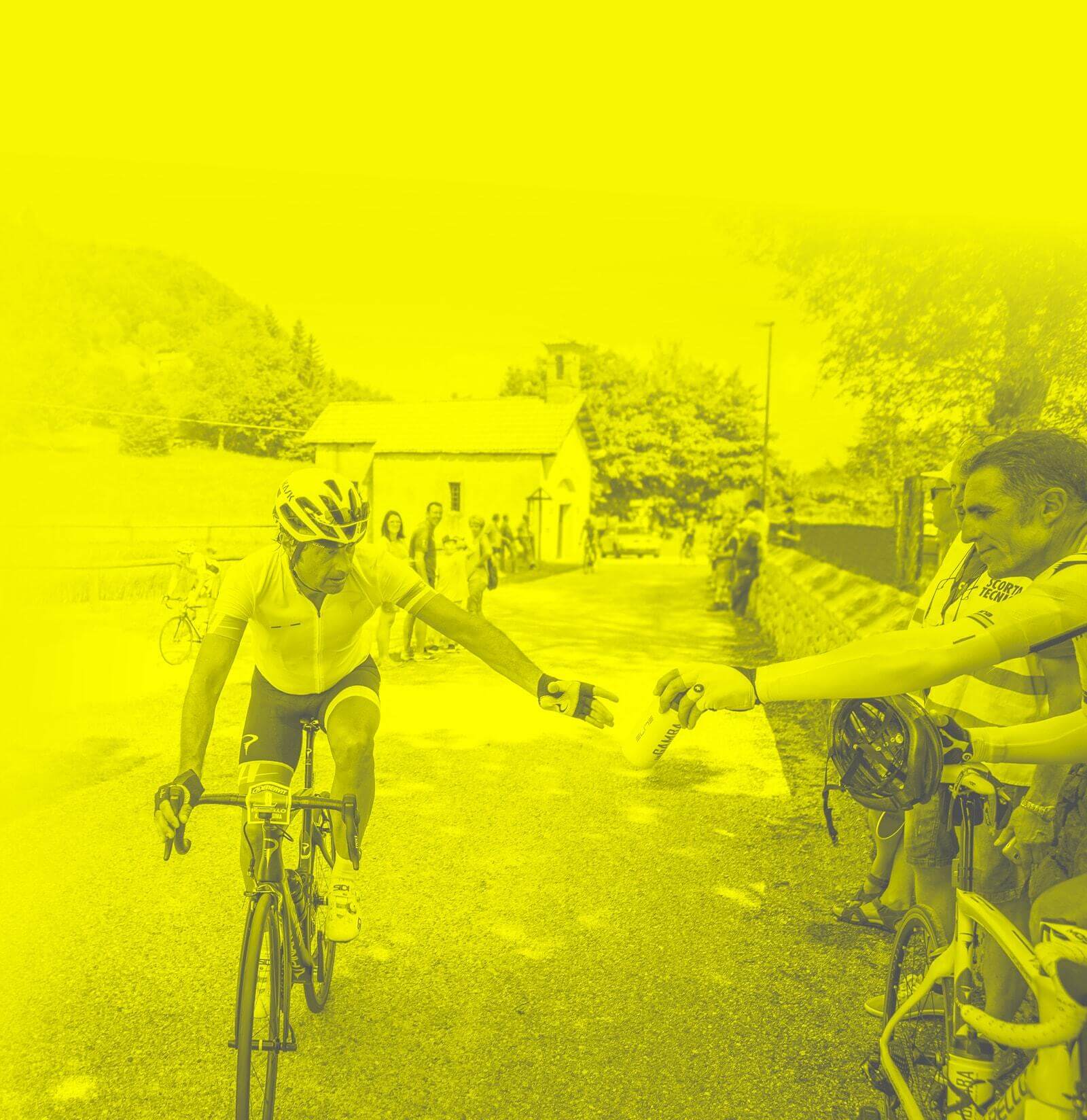
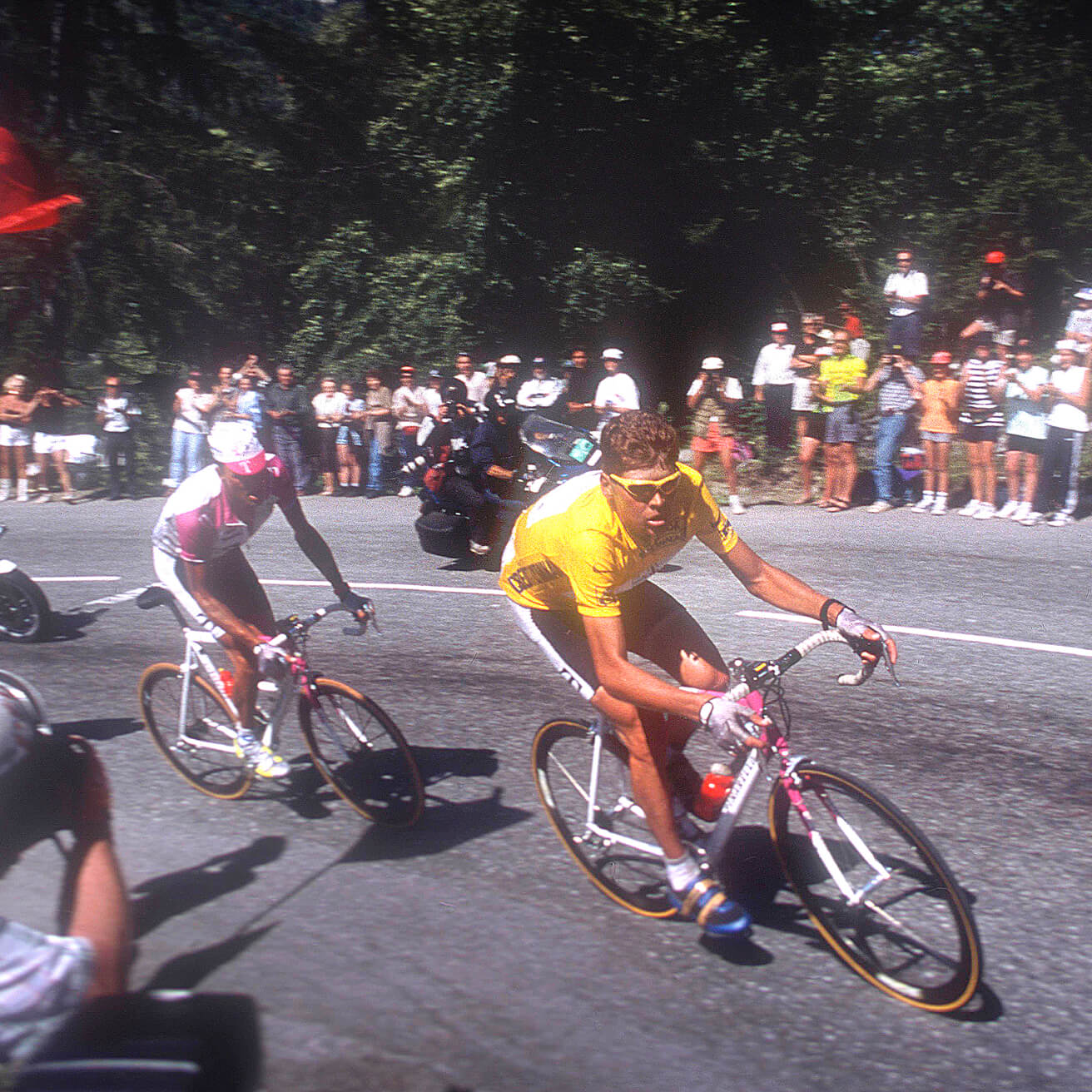
The results speak for themselves. Seven Tours de France, two Giri d’Italia, two Vueltas a España, dozens of national titles, unforgettable wins at Milano-Sanremo, Liège–Bastogne–Liège, and Strade Bianche, almost total domination at Paris– Nice and the Critérium du Dauphiné. And those are just the highlights of what has been an unprecedented decade of success.
The team might have changed name, but its spirit has remained dedicated to victory and to pushing the boundaries, and it is
those shared values that make the INEOS Grenadiers and Pinarello partnership so special.
Together, we have changed cycling and made Pinarello the most decorated bike manufacturer in Tour de France history. The Dogma is the fruits of our work together, of 10 years of continuous development and resolute refinement but it’s not the pinnacle of what’s possible together. The best is yet to come.
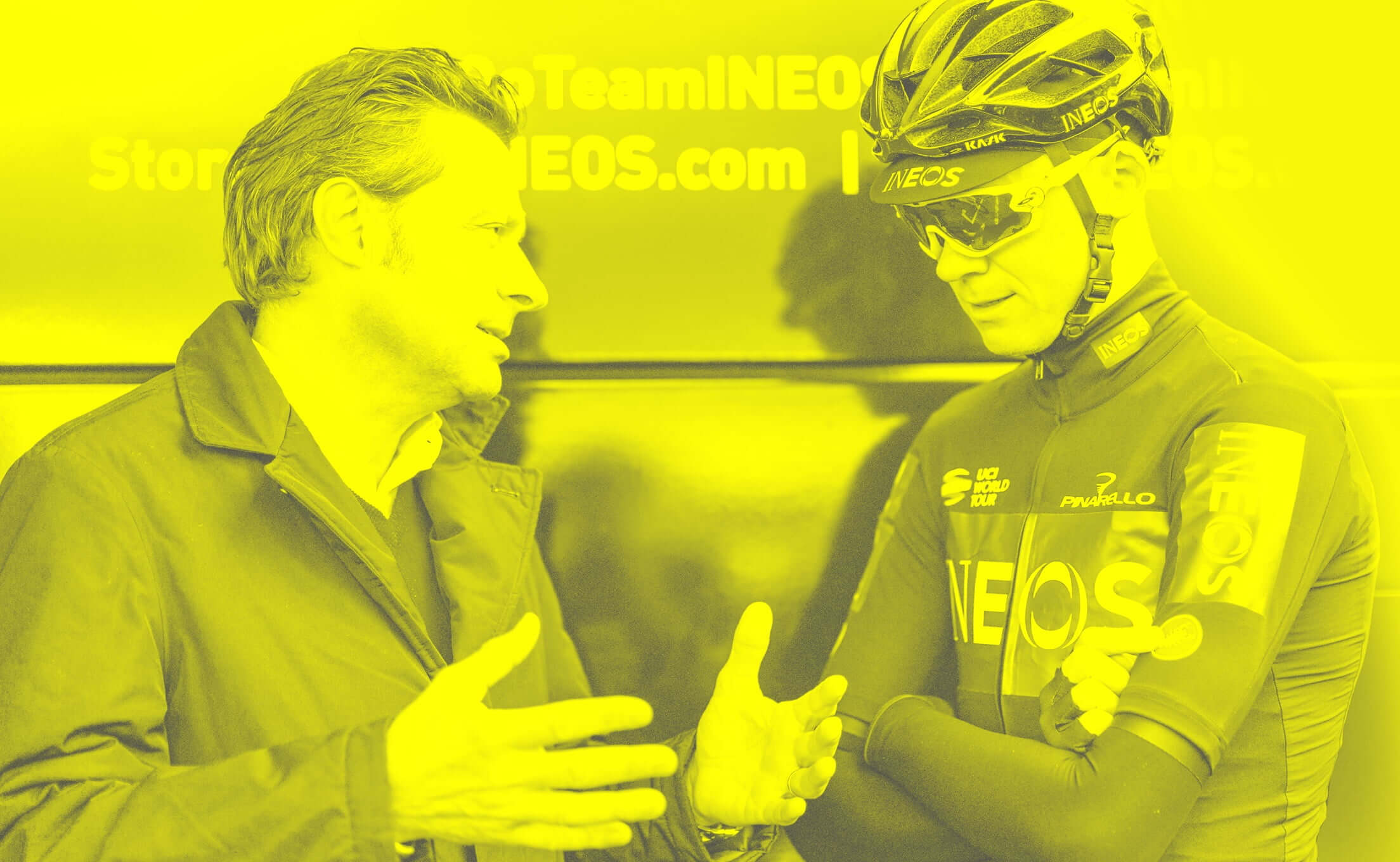
“Our partnership with the INEOS Grenadiers is something that we’re all proud of because we know they have a generous budget; they don’t need a bike sponsor. Carsten Jeppesen, their head of technical partnerships, only needs to concentrate on one thing: Choosing the best bikes for his riders.
“When Team Sky was formed, the management didn’t come from the traditional world of cycling, but Sir Dave Brailsford knew what it took to build a great team and they had a lot of riders coming from Team GB’s Olympic track programme. Then Wiggins arrived, and Froome, and we made history together. The lap I did of the Champs-Élysées after Chris’ victory, on the bike with all the riders, is something I’ll never forget.”